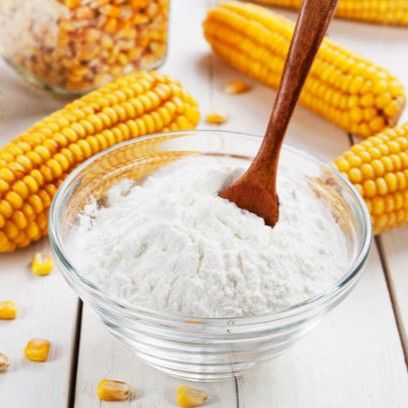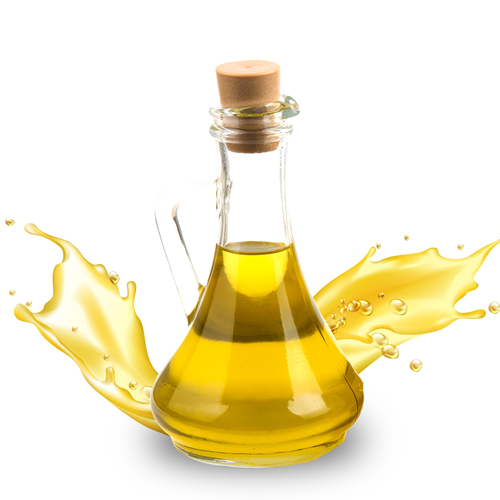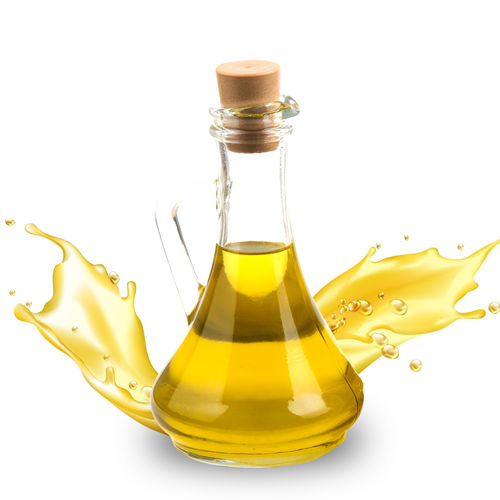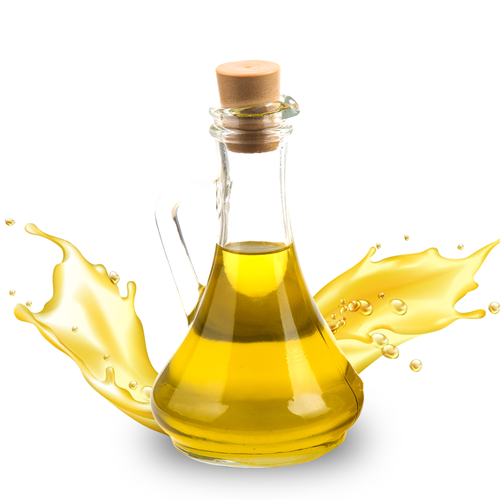Menu
Add description, images, menus and links to your mega menu
A column with no settings can be used as a spacer
Link to your collections, sales and even external links
Add up to five columns
Add description, images, menus and links to your mega menu
A column with no settings can be used as a spacer
Link to your collections, sales and even external links
Add up to five columns
LOOKING FOR BULK INGREDIENTS PRICING?

Benefits of Corn flour - Wholesale B2B Bulk Suppliers in Europe
Corn Flour: A Versatile Staple for Every Kitchen
Corn flour is a fine, smooth powder made by grinding whole dried corn kernels. Known for its pale yellow color and neutral, slightly sweet flavor, corn flour is widely used in global cuisines for baking, frying, thickening sauces, and more. Naturally gluten-free and nutrient-rich, it’s an excellent pantry staple for anyone looking to add texture and substance to their cooking while catering to various dietary needs.
What is Corn Flour?
Corn flour is made by finely milling whole corn kernels, including the bran, germ, and endosperm. This sets it apart from cornstarch, which is derived only from the starchy part of the kernel and has different culinary properties. Corn flour has a more substantial nutritional profile and retains the natural flavor of corn.
In different regions, the term "corn flour" can refer to different products. In the U.S., it usually means finely ground whole corn, while in the U.K. and other countries, "cornflour" often refers to cornstarch. This blog focuses on the whole-grain version commonly used in American cooking.
Nutritional Profile of Corn Flour
Corn flour provides a healthy mix of essential nutrients:
-
Carbohydrates: A good source of energy
-
Fiber: Supports digestive health
-
Protein: Contains small amounts of plant-based protein
-
Iron, Magnesium, and B Vitamins: Vital for energy production and overall health
-
Antioxidants: Especially when made from yellow or blue corn varieties, which contain carotenoids like lutein and zeaxanthin
Being naturally gluten-free, it’s ideal for individuals with celiac disease or gluten sensitivity.
Culinary Uses of Corn Flour
Corn flour is incredibly versatile in the kitchen and can be used in both sweet and savory recipes.
Common Applications:
-
Baking: Used to make corn muffins, pancakes, waffles, and breads with a moist, crumbly texture
-
Frying: As a coating for fish, chicken, or vegetables for a crisp, golden crust
-
Thickening Agent: Adds body to soups, gravies, and sauces without overpowering flavor
-
Pasta and Tortillas: Often combined with other flours to make homemade noodles and flatbreads
-
Snacks: A key ingredient in making certain chips, crackers, and baked snack items
Difference Between Corn Flour, Cornmeal, and Cornstarch
-
Corn Flour: Fine texture, made from whole corn kernels
-
Cornmeal: Coarser grind, used for polenta, cornbread, and grits
-
Cornstarch: White, ultra-fine powder made from only the starchy part of the corn; used solely as a thickener
How to Store
Store corn flour in an airtight container in a cool, dry place away from direct sunlight. For extended freshness, especially in humid climates, refrigeration is recommended. Properly stored, it can last up to 6–12 months.
Final Thoughts
Corn flour is a humble yet powerful ingredient that adds richness, texture, and versatility to a wide range of dishes. Whether you're baking gluten-free treats, frying up crispy snacks, or thickening a hearty stew, corn flour delivers both flavor and nutrition. As a naturally gluten-free and easily digestible option, it’s a kitchen essential for home cooks and professional chefs alike.
BUY ONLINE IN USA FROM REVEDA - The leading manufacturer B2B Bulk Wholesale Supplier of Corn flour in Europe.
Also in Reveda: Health & Wellness

Benifits Of Omega-3 Fish Oil EE - 460 MG/G EPA & 180 MG/G DHA - Wholesale B2B Bulk Suppliers in USA
Read More
SUBSCRIBE NOW ...
Don't miss to get latest updates on sales, new releases and promotions

